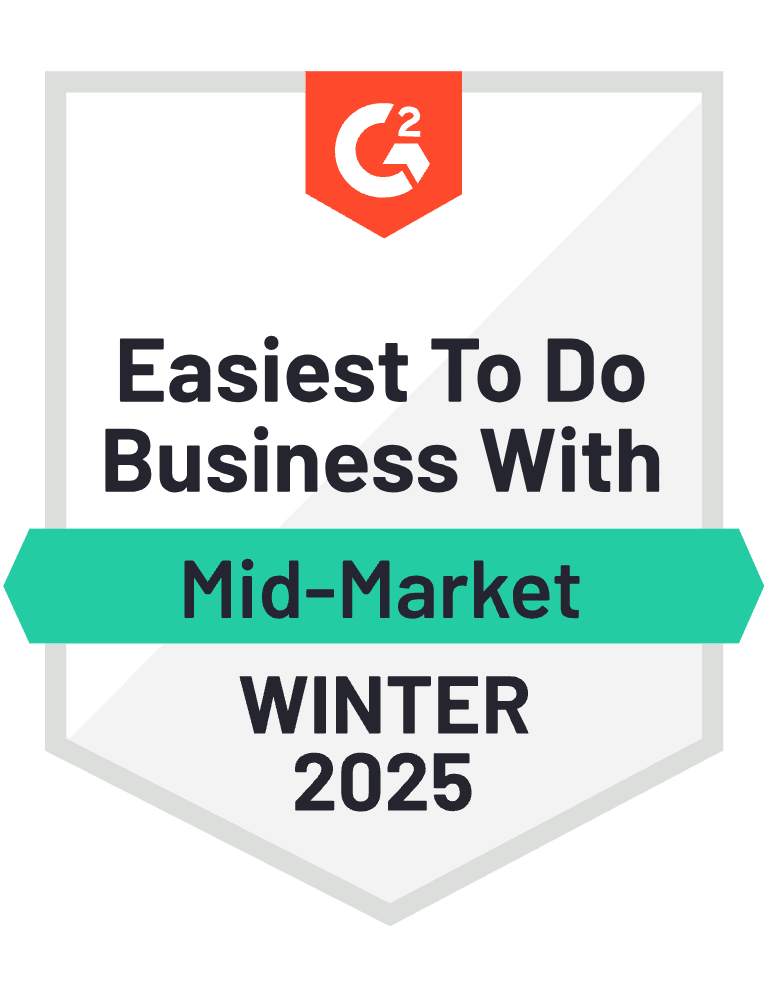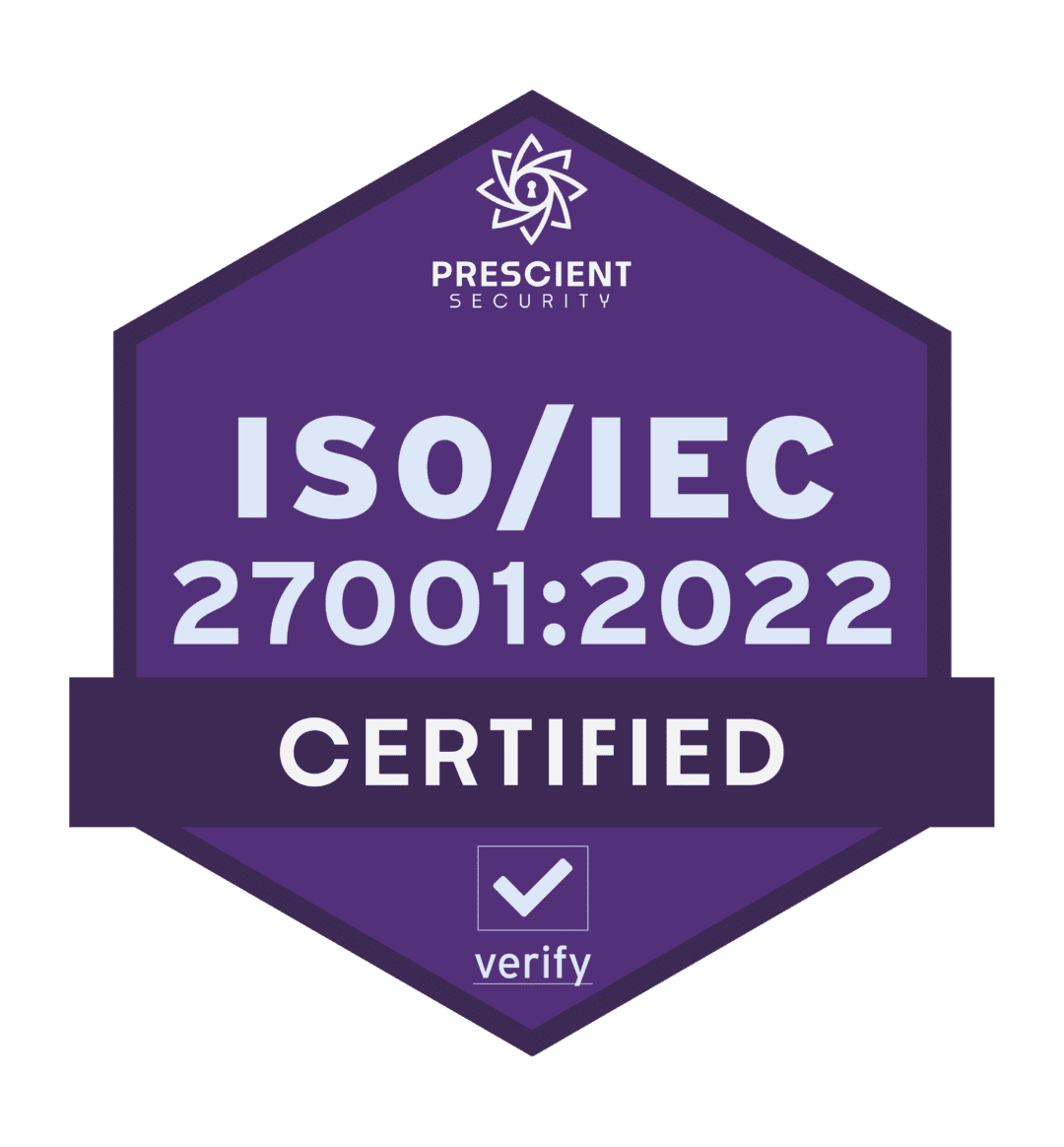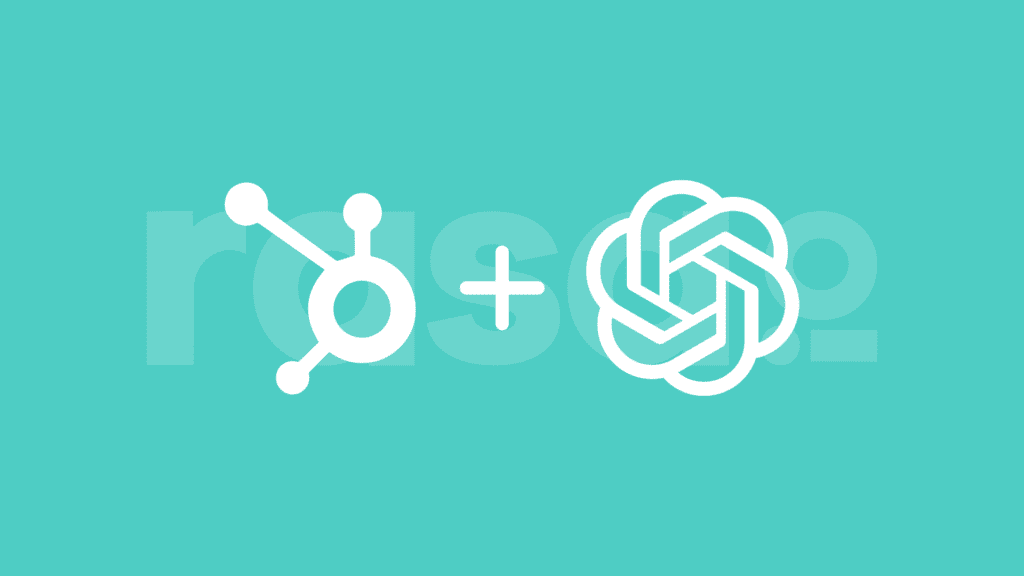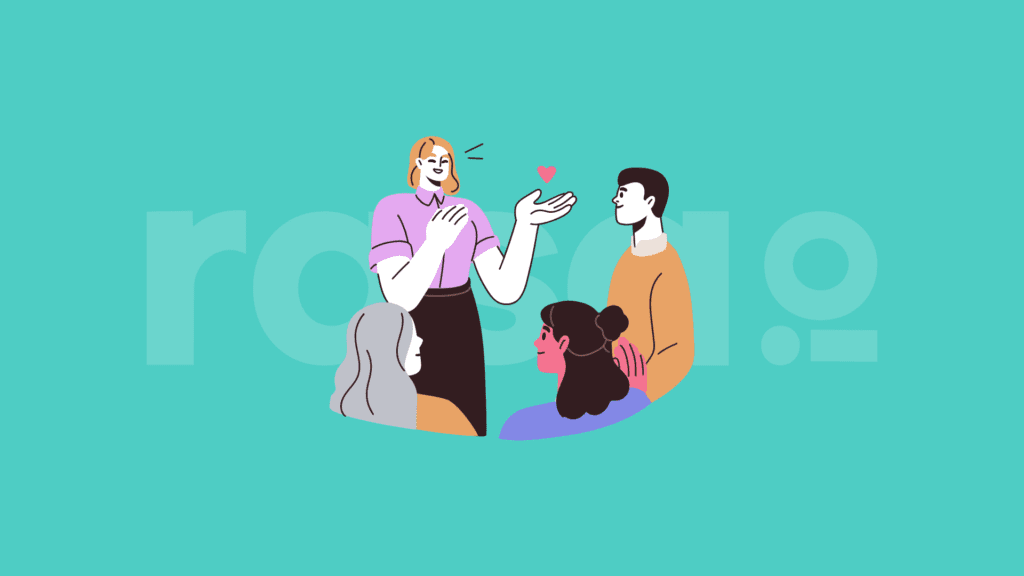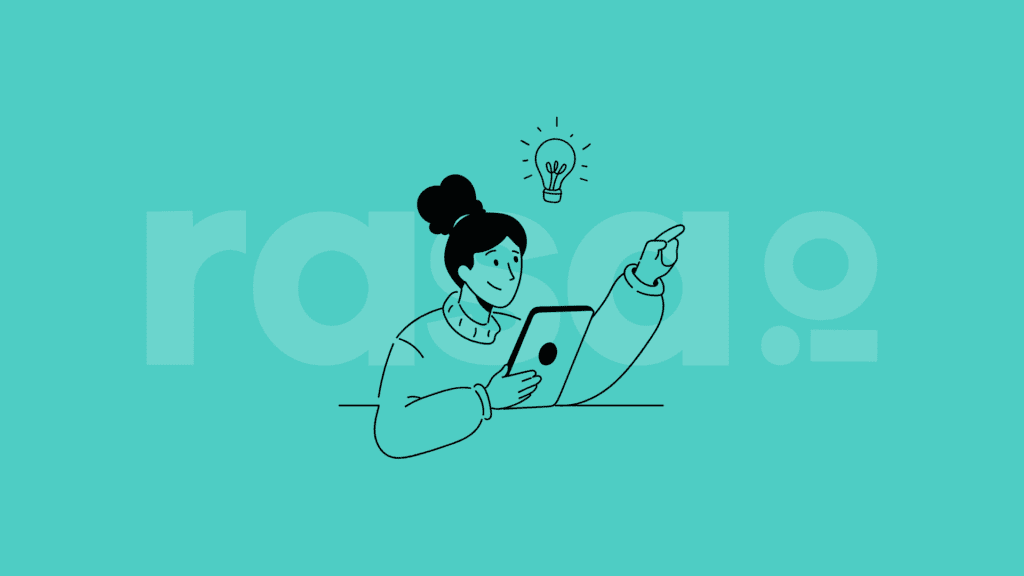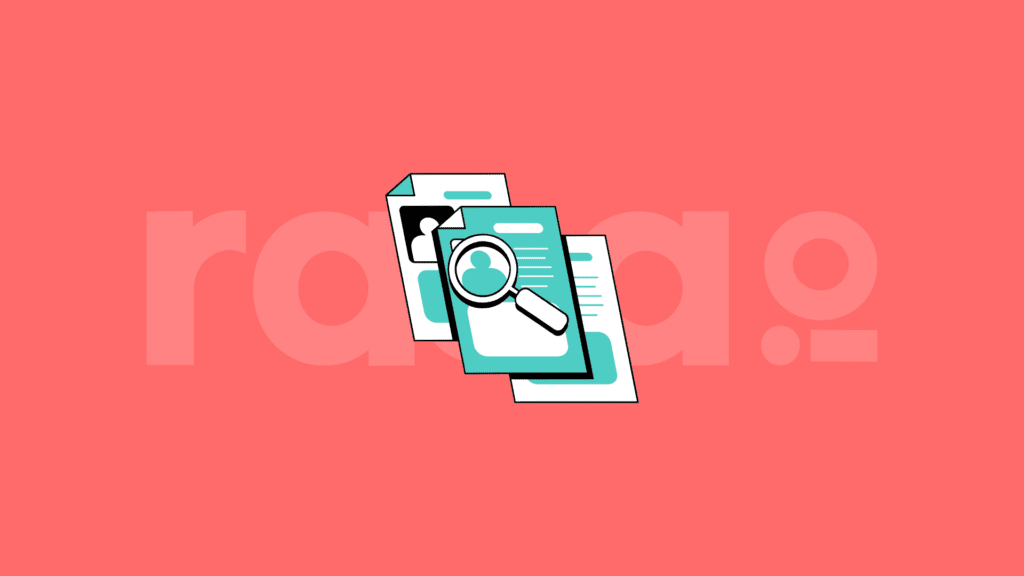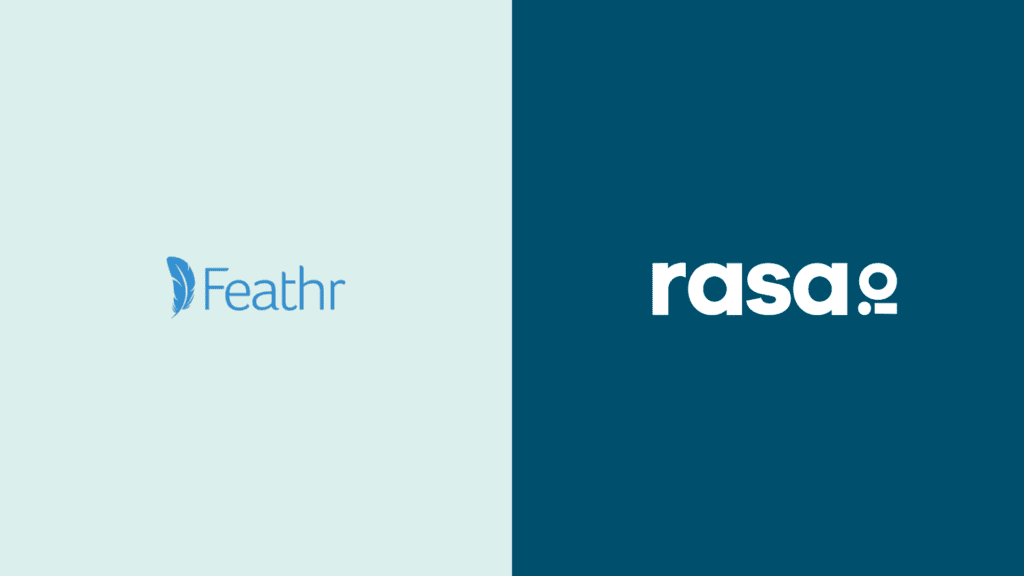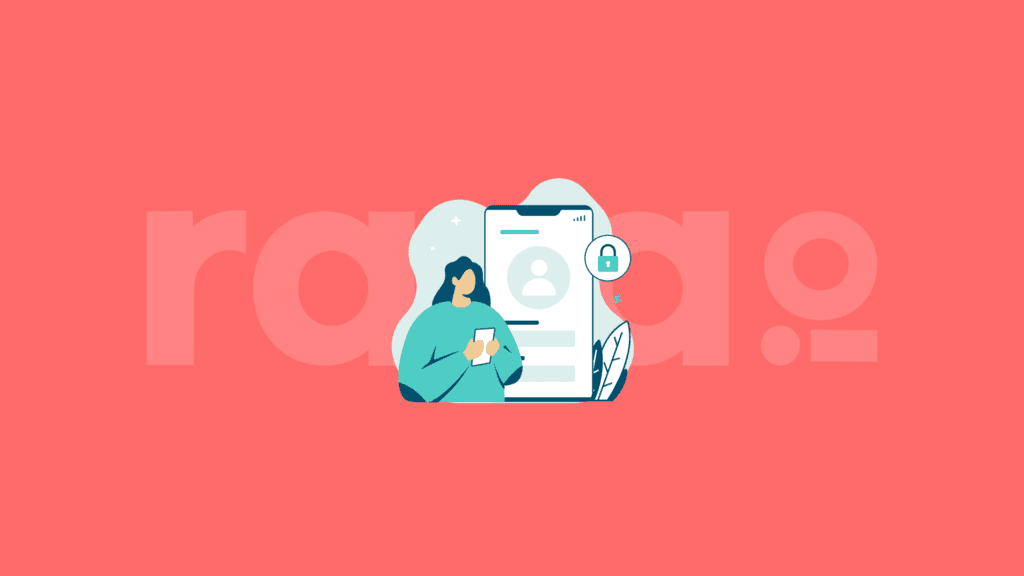David Hieatt
How the co-founder of an iconic global denim brand used an email newsletter to literally save his business and then went on to write a book about the subject. Here’s David Hieatt’s story about Pushing Send.
David Hieatt is the Co-Founder of Hiut Denim Co and The Do Lectures. He is active in building them into influential global brands and his talks have been shared over a million times. David is a highly sought after public speaker. He has spoken at Apple, Red Bull, Facebook, Google, John Lewis, and Waitrose.
Key Points From This Episode:
- Unlike social media, an email list is something you own and you can use it on any email platform.
- A successful email marketing plan can help with business growth when it is done well.
- Email deliverability is important. ISPs like Gmail and Yahoo will determine if your email is going to go to the inbox based on engagement.
- Avoid getting marked as spam by trying not to trick people. No clickbait or frequently changing the sender name or email.
- Give people value instead of only trying to sell to your subscribers.
- Just because you feel a certain way does not mean your audience feels a certain way. People have all different kinds of thinking.
- You need to be catering to all of the people in your audience, whether they make quick decisions or whether they’re more thoughtful and they need more information before taking an action or making the decision.
- A/B tests show that copy matters. This can be tested with a big list.
- A subscriber survey can be the most direct way to learn what your audience wants.
- Interactive content and a visual hierarchy in your newsletter can help encourage your readers to click on content.
- A journalistic background and a copywriting background can be a really powerful combination for creating conversational emails that convert.
Tweetables:
“Don’t dismiss that your newsletter is fundamentally your most powerful sales tool of all. Whenever I talk to anybody, I’m so respectful of it because it really has not only saved my business. It’s allowed me to go and grow.” – @DavidHieatt
“When you deliver something and it’s really well-researched and it’s beautifully designed and beautifully written, and there are no typos in that. You are beginning to respect their busy-ness with excellence. And that’s why you are ultimately going to win.” – @DavidHieatt
“When you use your instinct when you listen to your gut, you go, hey, there’s something there. I’m serving my community.” – @DavidHieatt
“My advice is to go and invest in that direct relationship. And because if you look after your community, they will definitely look after you.” – @DavidHieatt
Links Mentioned in Today’s Episode:
Episode Transcript
David Hieatt:
If you asked me, how much are you going to grow your business next year? I’ll go, well, how much is my newsletter, email, and community growing? And if that’s growing by 25%, that”s literally I will grow my business by 25% because the health of the company is the health of the newsletter. And I think, you know, if there’s anything to take out from this podcast at all, it’s like don’t dismiss that email newsletter. It is fundamentally your most powerful sales tool of all. Like whenever I talk to anybody, I’m so respectful of it because it really has not only saved my business. It’s allowed me to go and grow. And this allowed me to be in control of the growth.
Bryan Kelly:
From rasa.io, the free tool for sending smarter and better email newsletters. This is Pushing Send, a show featuring people who send emails their subscribers actually want to read. I’m Bryan Kelly, and on today’s show how the co-founder of an iconic global denim brand used an email newsletter to literally save his business. And then went on to write a book about the subject here’s David Hieatt, sharing how he thinks about email. Your book titled, “Do Open,” details a 2012 crisis where you literally absolutely had no new business coming in the door. How did an email newsletter factor into turning things around for you?
David Hieatt:
The thing for me, and this was my strategy, even in that crisis moment. So imagine you don’t know in two weeks time, you have to go and pay all the wages. You don’t actually know if you’re going to have enough money to do that. There’s a lot of people out there listening right now will go, Oh God, they’d been there. So in that moment, I’m going to, if the email newsletter is my most important sales tool, I can’t just use it to go and buy my jeans. I always thought this is my big strategic insight in terms of newsletter, as it was we’re in the relationship business, not just the selling. And if you’re in the relationship business, then you have to learn to give as well as to sell. And the analogy I use to the team is going like, I’ve got two friends, right? Like I’ve got a bit more than that, but let’s just take two friends. And it’s a tale of two friends. And the tale is this. There’s one friend that calls me all the time and every time when I look at who is calling, I just, my heart slightly sinks. If I’m honest, because I know that that person’s going to ask me for something and so I don’t always take his call. If I got time, I’ll take his call, but I don’t have time. I won’t take this call. There’s another friend who will call me occasionally. Not too much, not too little. And say… Dave, I just watched this, this film and you’ve got to see it. It’s like literally in one take, they take it like one take, and this is incredible piece of filming. And you literally just got to go and watch it. And so whenever he calls me, I take the call because he’s given me value and he’s telling me something of interest he’s informing me of something that I might want to know about. Whereas the other friend is always wanting something from me. So who do I take the call from all the time? Well, it’s obvious, right? So the tale of two friends, it’s all about, I always take a call from my mate who actually is giving me value all the time. And I think we can apply that to our business because actually, because a lot of people say to me, Oh, email newsletters don’t work for me. Yeah. not the way you do it though, because you’re the wrong mate. You’re the mates you don’t want to take the call from, you know, buy this, buy this, buy this. That’s not a relationship. I mean, if you think about going to a dinner party in pre COVID times where you actually went around to someone’s another human beings house, and you go how’d, you get value at a dinner party. Well, you could take a bottle of wine. You know, if you really want to nail it, you can take some flowers. But the biggest value of all is maybe sitting around the table and actually listen, listening to people talk. Well, you can tell I’m about a book that you just read and go, you should read this book is pretty amazing. I mean, the other way to get value is to leave on time. But the person who always talks about themself, literally, you can’t wait for the dinner party to end. The biggest gift of all is getting them a taxi and then waving, waving them goodbye. And you go, you’re never going to invite them back. It’s just go my God. And most brands, most newsletters, they just on transmit. Like it’s all about me. It’s all about me. It’s all money. The thing is actually, you’re not that interesting. And I’ve always applied that big level thinking and been like, I want to share, there’ll be a time where you go, Hey, buy these jeans that are amazing, invest in the world. We’ve only got 150 of them. And if you’re in the market for jeans, get them today because they won’t be here tomorrow. That for me is a better relationship than just go and, you know, sell, sell, sell, like people know when you’re desperate and people don’t actually buy from desperate people, they buy from people who are confident. Like when you say, I don’t know if you’re going to buy a car, I go, hey, do you know what this car is not for you. It doesn’t actually do the things that you need, at that point you actually trust that salesman because they pushed you away.
Bryan Kelly:
The approach you’ve just described is so great because it’s focused on the human being.
David Hieatt:
I say the same thing it’s going to there is another human being on the other side of your email blast. And you go, and actually they’re really busy. And if you can respect their busy-ness with excellence, then you are being respectful. And so when you deliver something really well-researched and it’s beautifully designed and beautifully written, and there’s no typos in that. You are beginning to respect their busy-ness with excellence. And that’s why you are ultimately going to win. Because most people, the great thing about newsletters, most people don’t care about them. And when you get them, you can see that they don’t care about them. And yet I find that extraordinary. They will spend half a day trying to work out their filter for their Instagram. Does this totally fit in with my Instagram? I don’t know. Maybe it does. Very few companies actually sit down and go. And you know what? If we treat this thing with respect, it will become our most important sales tool of them all combined, Facebook, Instagram, Twitter, all of them mashed up all into one will not actually equal the importance to your business, email newsletter. And actually when you start to think by that, I go, Oh, what if that is actually true? And it is why don’t people actually respect it because actually for them, it’s not the new shiny new thing. It’s not the cool thing. No one really talks about it. It’s not on the front page of past company is not on the front page. There’s no email newsletter or people on the front cover of Wired Magazine, or haven’t been in the last two years, like to see. In a way, if we think about that, that is the distinct opportunity in front of you because your competition think the other thing is more important and you go, you want to be hopeful that they are spending their time on Instagram and worry about their totally inaccurate, um, colors. Um, that don’t quite go with the last 10 days Cause when they are doing that, that will allow you to move.
Bryan Kelly:
Absolutely now building on that concept of understanding and appreciating the human being at the receiving end is what you called the 360 degree view of the customer. You wrote about this in your book. What does that mean for Hieatt Denim’s audience? How do you go about that?
David Hieatt:
This is my particular way of thinking about it now, for some it’s not the way that they want to go and I’ll tell you why. So if you take a brand like Rapha Simon who started Rapha, or he actually came down to the house before we started Rapha and we give him some advice on factories and things. So it’s a brand I know a little bit about. Now. I would imagine the only thing that they talk about is cycling. So they don’t take a 360 view of the world, right? So, but they’re very successful, but my view is that’s one way. And so all your conversation is only ever about cycling, then that works. So that’s one strategy, but there is another strategy. And that’s where you see the, like the 360 degree human being where yes, they’re interested in cycling. Yes. They’re interested in great denim. Yes, but also they’re interested in great coffee. They’re interested in design. They’re interested in many things. There’s many things they’re interested in and it just happens to be 10% of them is into cycling. 10% of them is into making jeans. So when you take a 360 view, point of your customer is you can talk to them about lots of things. It’s not just cycling and it’s not just jeans. And I think for me, that’s a much more interesting conversation because I have friends who I talk to about football, but I also talked to him about podcasts or books or, you know, museums and those conversations, those friends who have multi conversations are much more interesting than that one person who only talks about one thing, but there are two ways of doing it. And actually both work, both are proven to be successful. It’s just, I’ve proven to myself that I’m much more engaged when, as a brand owner where I’m having multiple conversations with my customer, but things that we’re like minded about. Cause we’re like minded about lots of things. Not just one thing.
Bryan Kelly:
When we come back, David explains the process for how he and his team create their regular customer newsletter. Plus he reveals an incredible insight about curating content. You won’t want to miss. I’m Bryan Kelly, and you’re listening to Pushing Send from rasa.io.
rasa.io:
Creating email newsletters takes a lot of time. You might curate articles, write content, tweak your template, and look up metrics and not to mention you’re probably doing all of this once a week. Well at rasa.io, we said enough and built a free tool to simplify the process, which saves you time. It also uses AI to personalize emails for each subscriber based on their interests. That means they get stuff they like to read. Want to see how it works? Visit www.rasa.io and click how it works.
Bryan Kelly:
Welcome back to Pushing Send. I’m Bryan Kelly. David Hieatt is one of the biggest advocates for how a brand could and should use email as a customer relationship building tool. But he knows it isn’t an easy process and it’s one that takes time. Here’s David sharing. What he and his team do to cultivate their community via email. How has the process of publishing your newsletter changed and evolved over the years? Like what does it look like?
David Hieatt:
I guess the first thing to say is if you’re going to make a commitment, this is, it takes time and you can’t just go after three months. Oh, this isn’t working and you go, well, imagine if you planted an acorn and you go after the three months you go, yeah, this tree thing, it’s not working for me. So it takes time to go and grow your community. And there’s no single magic bullet that I found. Although, you know, like people are always trying to find one. When I go back to that crisis moment, I literally wrote a recipe for what my emails would be. And I worked out that I would send four emails over a month. I would send one, which is giving. And then I would do one that is selling. And then I would do one that’s giving one that’s selling. And so it was trying to balance approach. And the recipe for the giving one was, well, I wanted to talk about design. I want to talk about business. I want to, so I had a recipe of things that I wanted to talk about. And so if you’re going to do your favorite recipe tonight, food recipe, you would go back to your recipe. So the team I go look, Hey, there’s the recipe. We want to have a funny GIF in there because that actually makes it lighter. So we had all that thing thought through. So it was then very easy for the team to go look, these are the things that we want to cover. Let’s go and find the gold in those in particular sectors, because the thing is, you want to go and find stuff that other people haven’t found, because then you got a reason to exist. And if you’re just sharing stuff that they’ve already seen, then pretty soon they’re going to go, Hey, I’ve already seen this. So one of the most important meetings for us was to get the content meeting together and then people would share everything that they found. And my philosophy is even in a small team, you can have quite a big team because if everybody’s trying to find good stuff, whether they’re the financial person or whoever I’m going to, like anybody found any gold, bring it to the meeting because that suddenly means that a really small company suddenly has huge amount of stuff to choose from. And then the hardest thing is then you think, Oh, I’d love to put that thing in, but this thing is so good. I can’t leave it out. So it’s always good when you know that you’re checking stuff, really good stuff out because there’s even better stuff to go in. So how did that evolve? No is like on a Wednesday morning, they have a creative morning. They go around the room and it’s not so much about quantity. Then it’s done. Like I found one, maybe two things, but they actually talk about the things that they found on why it grabbed their attention. And that actually that has actually increased the quality. And then the process then is it all goes on to Evernote Everything you find needs to go into your system and we’ve sent our people on these amazing courses. It’s called a Second Brain by, Tiago Forte, a great course about how to go and manage all this knowledge that you’re finding. Part of what you have to do is make this easy and simple for you because probably like me, you don’t have the biggest team around where you have a small team, but you just want to be super efficient.
Bryan Kelly:
Wow. Yeah, that really is the key. How many of us ask, why is this grabbing my attention when we’re curating and pulling together stuff for the next email? That one question helps us go a level deeper when it comes to just getting the next email newsletter shipped out the door, right?
David Hieatt:
The interesting thing for the team is once they have to articulate why they selected that particular piece is in a way they’re telling the rest of the team got, and that’s my thinking process. It’s a weekly reminder of, Oh, well I found this because it was super funny, but yet made a point about this because what was happening for us and maybe happening for other people is, you know, they buy in or they’re sort of saving a lot of things and then they can’t quite choose between them. And so they had a lot of quantity and what I wanted to train the team in was going well, actually we can only share 10 things a week. So it’s not like super a lot, but those 10 things just have to be of high quality. And when you sort of start training yourself to go, Oh my gosh. Yeah, that’s amazing. And the reason it caught my attention was this. In a way, is brain training. And eye training and sense training for you to go and find amazing things rather than going, Oh, it’s not just about volume. It’s about quality.
Bryan Kelly:
You touched upon this a moment ago, and that’s the idea of balancing the creation of original content with the curation of others’ content. How do you advise the people that you’re working with in understanding the decision that needs to be made here between those two things? Original content, curated content.
David Hieatt:
I suppose if I was starting out and I was just at like a company of one, I mean, the thing is creation is always going to give you greater dividends because it’s unique and it’s from you and you put your heart and soul into something and therefore it’s original. And that’s just going to take you more time than your curation. So when you’re a company of one, you suddenly go, Oh my gosh, you can’t do all creation, but you don’t want to do all curation. And so then you have to go and have a strategy then, right? How do I stand like a skyscraper for one day? And I call it the skyscraper strategy because you can’t be a skyscraper and stand tall all year, but maybe you can do it four times a year. The hardest thing when you’re just a company of one is time. Thus, that’s the thing you want to do everything, but you can’t do everything. And when I was doing it pretty much on my own, what I said to myself is I would go and make lists and I love lists. I’m just a list lover. That’s my weakness. So I’d gone to go get about creative people, doing amazing things. And so I started at a Makers and Mavericks list and I would take me a ton of research, finding all of those amazing people, doing all those amazing things in the world. And then I would go and build that list on Medium. And I’d go and find amazing photographs. I’d grade the photographs I’d write the perfect length of copy for each one. And then January the first, each year I launched that list and there was a huge amount of time effort. And in the first year I got 27 people to read the list in the entire year and I was at least three, maybe even four of those people. When you look at the data, sometimes you go, well, that was a waste of time. But I think people look at that in the wrong way. And so, you know, if I look at Burning Man, for example, and you go and look at the numbers for the first five years of turnabout, that beach and you know, was it San Francisco somewhere? Maybe it doesn’t. And so if you looked at the figures at that point, you just go well let’s forget it and now it’s 70,000 people. And hopefully when COVID goes away and everything comes back to normal. So, so how do you get from 12 people to 70,000 people? Well, it’s a thing called patience and most people do not have it. And that is also going to allow you to win. Everybody, judges the acorn in the first three months, and therefore they’re not building any trees any Like, so for me now the Makers and Mavericks thing is one of the biggest things we do is spawned like a real actual events. And actually we’re doing an online version of it and you suddenly go, But if we looked at just the first year’s figures, anybody with any sense would have stopped it there. And then, and yet when you use your instinct, when you listen to your gut, you go, Hey, there’s something there. I’m serving my community. If I wasn’t running this company, I’d like to read that list as a customer.
Bryan Kelly:
Yeah. That’s a really great place to be. So you survived the catastrophic business event years ago, as we mentioned previously, and an email newsletter pulled you out of that situation. What about now, today with the global pandemic?
David Hieatt:
I do think, I mean, I’m really acutely aware that some businesses out there I’m in a really tough time of it. I just feel for them cause it’s, it’s hard. I guess my experience is we in an odd way, because we’ve invested so much into the newsletter. Now we can have a direct conversation with a customer and, and we’re still at that point this year where we’re still growing compared to last year, which is kind of extraordinary, given everything, we just hired a marketing manager cause we haven’t really had one. Come this Friday, Wales where we live, it was back then to lockdown. So we’re still managed throughout everything to keep the communications team, you know, like go and, and it is tough right now, but I just feel like if you’ve invested in your community and you’ve been investing for a long time, then you’re probably going to be fine. And I think if you haven’t invested and it might be pretty tough. And I’m just so glad that we had that crisis back whenever it was eight, nine years ago because we’ve been investing ever since and even during Covid, we were like investing in building the community, building the community because we were doing lead generation on Facebook because suddenly it becomes so cheap and you’re just gone. And I was like, spend the money, spend the money. I made my thing to the team. I say this to the team. I couldn’t like literally we’re just not spending enough. We do have this odd problem where we can’t actually grow the business too fast because we’re not going to be able to keep up with supply. So it’s a funny thing is most businesses, that’s just got the foot on the accelerator pedal and I’m really going, don’t push your foot too hard on the accelerator pedal because you know, what’s going to happen and he’s going to have a lot of orders in. Um, you know, we know what it’s like to have a years worth of wait list. And that’s actually a very stressful environment for the company. My advice to anybody is go and invest in that direct relationship. And I know right now you you’re looking for immediate answers and I get it and I’ve been there too, but try and think short term and long term. And because if you look after your community, they will definitely look after you.
Bryan Kelly:
Yeah. David has an amazingly simple philosophy rooted in purpose, intentionality and a love for both craft and quality. Applying those values to his email newsletter has had an unbelievably profound impact on his business. So maybe there’s a takeaway here for you. If you’re struggling to find inspiration or a reason to publish a better, more engaging newsletter. Think about that. Coming up on our next episode, we’ll hear from Dave Verwer the publisher of a niche, email newsletter, which quite seriously changed the trajectory of his career. Dave explains the origin story behind his newsletter. It’s attracted over 40,000 subscribers and how he’s garnered a fiercely loyal following. You won’t want to miss what Dave has to say. So if you’re listening to Pushing Send for the first time, be sure to subscribe at Apple podcasts or wherever you’re currently listening so you don’t miss an episode. And if you’ve enjoyed what you’ve heard, I’d encourage you to check out a few other episodes while you’re here. Lastly, leaving a review will help us share these stories with so many other folks just like yourself. Thanks in advance for doing that. I’m Bryan Kelly, and you’ve been listening to Pushing Send from rasa.io.






